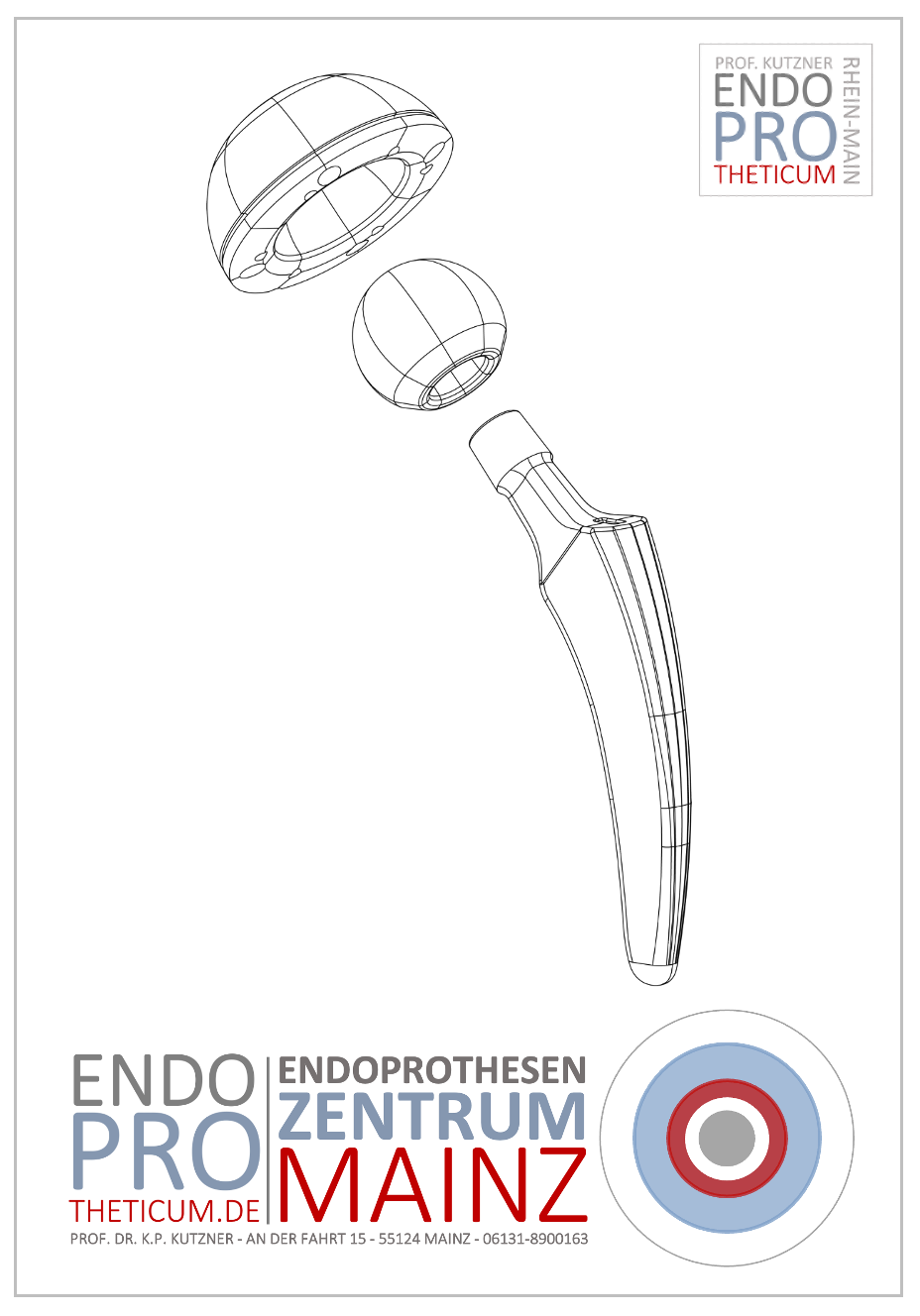Advantages and risks of retropatellar replacement in knee arthroplasty
Is a retropatellar replacement an option?

Retropatellar replacement is a specialized knee arthroplasty procedure that focuses on replacing the back of the kneecap (patella). This surgery may be necessary in patients with advanced osteoarthritis or other degenerative changes of the patellofemoral joint. In this blog, we will explore the benefits and risks of retropatellar replacement to provide patients with comprehensive information about this procedure.
What is a retropatellar replacement?
Retropatellar replacement, also known as patellofemoral replacement, is a surgical procedure in which the back of the patella and the articular surface of the femur with which the patella is in contact are replaced with prosthetic components. This is often done for patients who suffer from patellofemoral osteoarthritis, a form of knee osteoarthritis that affects the back of the kneecap.
Indications for retropatellar replacement
The most common indications for a retropatellar replacement are:
- Severe patellofemoral osteoarthritis: This affects the kneecap and the underlying bone, causing significant pain and limited mobility.
- Lack of improvement through conservative treatment: If conservative measures such as physical therapy, pain medication and injections are not successful, surgery may be necessary.
- Deformities and misalignments of the patella: These can be caused by injury or degenerative processes and may require correction with a retropatellar replacement.
Advantages of retropatellar replacement
Retropatellar replacement offers numerous advantages over other treatment methods:
- Pain Relief: One of the main benefits is the significant reduction in pain that is often associated with patellofemoral osteoarthritis.
- Improved functionality: Patients often report improved mobility and an increase in overall knee function after surgery.
- Preservation of the structures surrounding the knee joint: Because the procedure specifically targets the patella, other parts of the knee remain unaffected, which can shorten recovery time.
- Faster recovery: The minimally invasive techniques used in this procedure contribute to faster rehabilitation and reduced length of hospital stay.
- High success rate: Studies show that most patients are satisfied with the results of retropatellar replacement and experience a long-term improvement in their quality of life.
Risks and Complications of Retropatellar Replacement
As with any surgery, there are potential risks and complications with retropatellar replacement:
- Infections: Infections are a potential complication of any surgical intervention but can be minimized with appropriate preventive measures.
- Prosthesis failure: In rare cases, the prosthesis may fail, requiring revision.
- Blood clots: There is a risk of blood clots forming after surgery, especially in the legs (deep vein thrombosis).
- Instability of the patella: Insufficient adjustment of the prosthesis can lead to instability or misalignment of the patella.
- Pain and limitation of movement: Although most patients experience pain relief, some may continue to experience pain and limitation of movement.
The operational process
Retropatellar replacement is performed under general or spinal anesthesia. The procedure includes several steps:
- Access to the knee joint: The surgeon makes an incision above the kneecap to gain access to the patella and underlying bone.
- Removal of the damaged surfaces: The damaged cartilage and bone parts of the patella and femur are removed.
- Adjustment of the prosthetic components: The prosthetic components are adjusted and attached. Care is taken to preserve the natural anatomy of the knee.
- Closure of the wound: After the prosthesis has been placed, the wound is closed and a bandage is applied.
Rehabilitation and follow-up treatment
Rehabilitation after a retropatellar replacement is crucial for the success of the operation:
- Early mobilization: Patients are encouraged to begin moving the knee as early as possible to avoid stiffness.
- Physical therapy: A customized physical therapy program helps restore muscle strength and mobility to the knee.
- Pain control: Pain medications and anti-inflammatories are prescribed to relieve postoperative pain.
- Regular follow-up examinations: Regular follow-up examinations with the doctor are important in order to monitor the healing process and detect complications at an early stage.
Long-term results and prospects of success
The long-term results of retropatellar replacement are usually positive:
- Prosthetic lifespan: Modern prosthetic materials have high durability, and most prosthetics last 15-20 years or longer.
- Improved quality of life: Most patients report a significant improvement in quality of life and the ability to perform everyday activities without pain.
- Success Rate: Studies show that over 90% of patients experience significant pain relief and functional improvement after a retropatellar replacement.
Alternatives to retropatellar replacement
There are also alternatives to retropatellar replacement that may be considered:
- Conservative treatment: Physical therapy, pain medications, and injections may be effective in early stages of patellofemoral osteoarthritis.
- Partial prostheses: In some cases, a partial prosthesis (unicompartmental knee prosthesis) may be a suitable alternative.
- Total knee replacement: If osteoarthritis is very advanced, a total knee replacement may be necessary.
Conclusion
Retropatellar replacement is a specialized and effective treatment method for patients with patellofemoral osteoarthritis that does not respond to conservative treatments. The benefits, including significant pain relief and improved functionality, typically outweigh the potential risks. Good long-term results can be achieved through careful patient selection, precise surgical technique and comprehensive rehabilitation.
MAKE AN APPOINTMENT?
You are welcome to make an appointment either by phone or online .



























